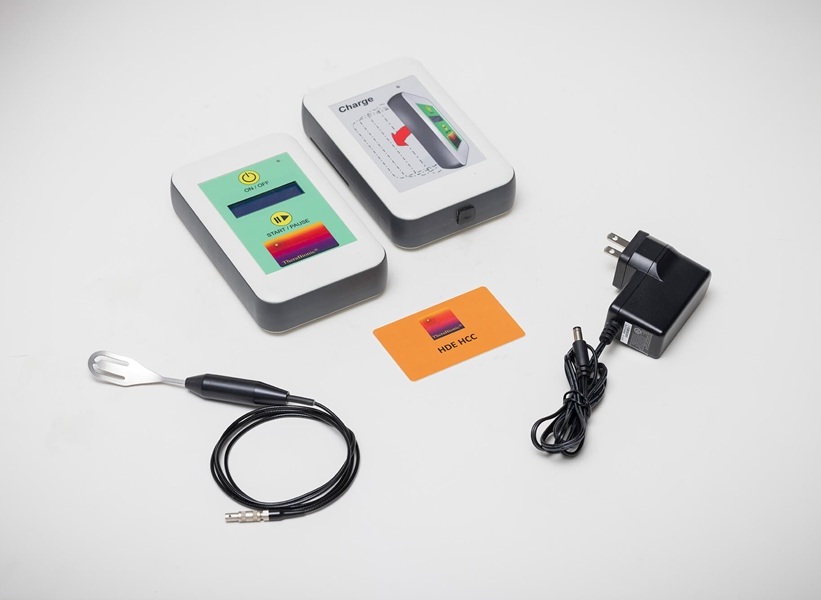New System Facilitates Tympanostomy Tube Delivery
|
By HospiMedica International staff writers Posted on 12 Dec 2019 |
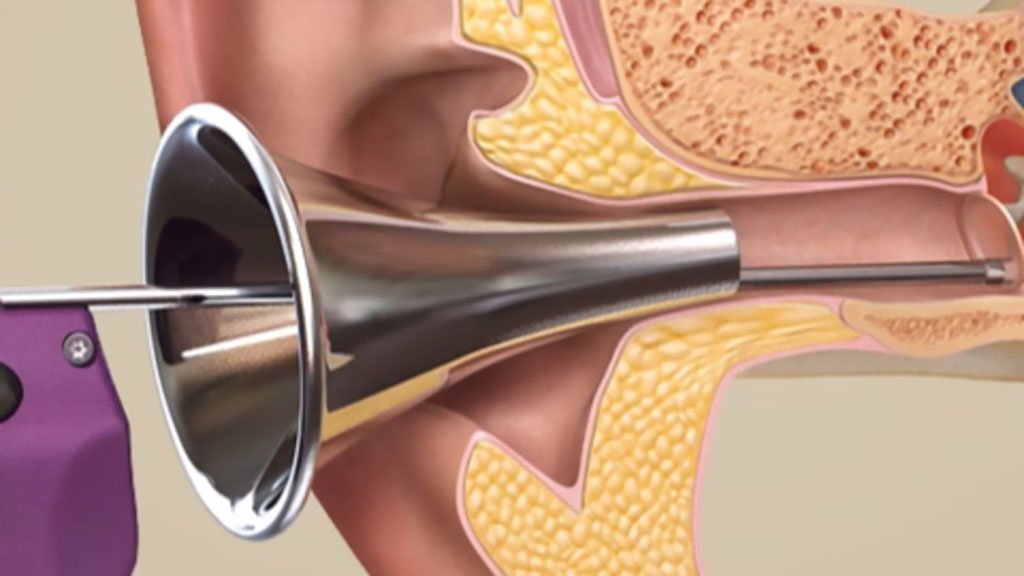
Image: A new delivery system painlessly places ear tubes (Photo courtesy of Tusker Medical)
An innovative tympanostomy (ear tube) delivery system enables placement of tubes in the comfort of an office environment.
The Tusker Medical (Menlo Park, CA, USA) Tubes Under Local Anesthesia (Tula) system is designed to enable delivery of an ear tube to patients under local anesthesia in a physician's office setting, obviating the need for general anesthesia. The system is composed of four concentric components that cut, dilate, shield, and stabilize. The cutter first creates the myringotomy; the dilator opens the incision, while the shield introduces the tympanostomy tube through the myringotomy. The system is approved for use in both adults and children as young as six months of age.
To facilitate painless delivery, an iontophoresis device is used to deliver a low-level electrical charge to the tympanic membrane in order to accelerate uptake of a local anesthetic (Tymbion) into the ear drum, providing needle-free local anesthesia. The automated tube delivery system then provides single-button insertion of a preloaded Grommet tympanostomy tube through the myringotomy. The cutter is exposed only for the very brief moment (less than 500 milliseconds) when the myringotomy is created, and is otherwise recessed within the device, an important safety feature when performing procedures in an awake child.
“The Tusker Iontophoresis System uses a small amount of electrical current to accelerate the uptake of the local anesthetic into the tympanic membrane,” said Amir Abolfathi, president and CEO of Tusker Medical. “This provides an alternative to phenol (a denaturing acid), ear canal injections, or other local anesthesia methods, none of which have FDA approval for pediatric tympanic membrane anesthesia and are often painful or take an unacceptably long time to achieve anesthesia.”
Otitis media is inflammation of the middle ear that occurs in the area between the tympanic membrane and the inner ear, including a duct known as the eustachian tube. Though painful, otitis media is not threatening and usually heals on its own within 2–6 weeks. In chronic cases with effusions, insertion of a tympanostomy tube into the eardrum reduces recurrence rates in the six months after placement, but has little effect on long term hearing. The tubes are recommended in those who have more than three episodes of acute otitis media in 6 month or 4 in a year associated with an effusion.
Related Links:
Tusker Medical
The Tusker Medical (Menlo Park, CA, USA) Tubes Under Local Anesthesia (Tula) system is designed to enable delivery of an ear tube to patients under local anesthesia in a physician's office setting, obviating the need for general anesthesia. The system is composed of four concentric components that cut, dilate, shield, and stabilize. The cutter first creates the myringotomy; the dilator opens the incision, while the shield introduces the tympanostomy tube through the myringotomy. The system is approved for use in both adults and children as young as six months of age.
To facilitate painless delivery, an iontophoresis device is used to deliver a low-level electrical charge to the tympanic membrane in order to accelerate uptake of a local anesthetic (Tymbion) into the ear drum, providing needle-free local anesthesia. The automated tube delivery system then provides single-button insertion of a preloaded Grommet tympanostomy tube through the myringotomy. The cutter is exposed only for the very brief moment (less than 500 milliseconds) when the myringotomy is created, and is otherwise recessed within the device, an important safety feature when performing procedures in an awake child.
“The Tusker Iontophoresis System uses a small amount of electrical current to accelerate the uptake of the local anesthetic into the tympanic membrane,” said Amir Abolfathi, president and CEO of Tusker Medical. “This provides an alternative to phenol (a denaturing acid), ear canal injections, or other local anesthesia methods, none of which have FDA approval for pediatric tympanic membrane anesthesia and are often painful or take an unacceptably long time to achieve anesthesia.”
Otitis media is inflammation of the middle ear that occurs in the area between the tympanic membrane and the inner ear, including a duct known as the eustachian tube. Though painful, otitis media is not threatening and usually heals on its own within 2–6 weeks. In chronic cases with effusions, insertion of a tympanostomy tube into the eardrum reduces recurrence rates in the six months after placement, but has little effect on long term hearing. The tubes are recommended in those who have more than three episodes of acute otitis media in 6 month or 4 in a year associated with an effusion.
Related Links:
Tusker Medical
Latest Surgical Techniques News
- Novel Glue Prevents Complications After Breast Cancer Surgery
- Breakthrough Brain Implant Enables Safer and More Precise Drug Delivery
- Bioadhesive Sponge Stops Uncontrolled Internal Bleeding During Surgery
- Revolutionary Nano Bone Material to Accelerate Surgery and Healing
- Superior Orthopedic Implants Combat Infections and Quicken Healing After Surgery
- Laser-Based Technique Eliminates Pancreatic Tumors While Protecting Healthy Tissue
- Surgical Treatment of Severe Carotid Artery Stenosis Benefits Blood-Brain Barrier
- Revolutionary Reusable Duodenoscope Introduces 68-Minute Sterilization
- World's First Transcatheter Smart Implant Monitors and Treats Congestion in Heart Failure
- Hybrid Endoscope Marks Breakthrough in Surgical Visualization
- Robot-Assisted Bronchoscope Diagnoses Tiniest and Hardest to Reach Lung Tumors
- Diamond-Titanium Device Paves Way for Smart Implants that Warn of Disease Progression
- 3D Printable Bio-Active Glass Could Serve as Bone Replacement Material
- Spider-Inspired Magnetic Soft Robots to Perform Minimally Invasive GI Tract Procedures
- Micro Imaging Device Paired with Endoscope Spots Cancers at Earlier Stage
- AI Spine Model Could Reduce Surgical Risks
Channels
Critical Care
view channel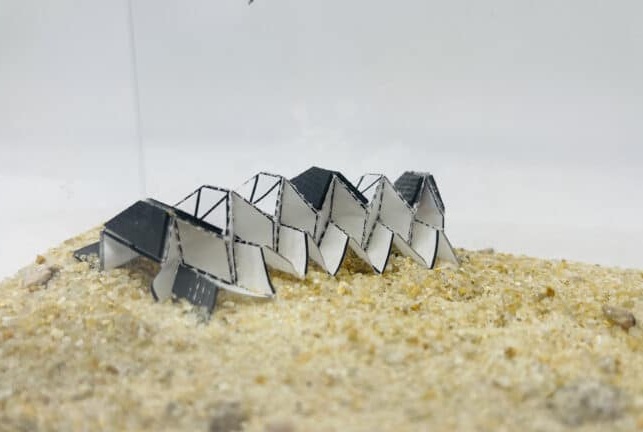
Origami Robots to Deliver Medicine Less Invasively and More Effectively
Delivering medicine to ulcers or other internal sites often requires invasive procedures that can disrupt surrounding tissues and lengthen recovery times. Traditional magnetic actuators used in soft robotics... Read more
Improved Cough-Detection Technology Aids Health Monitoring
Coughing serves as an important biomarker for tracking a variety of conditions and can help monitor the progress of respiratory diseases or predict when someone’s asthma is being exacerbated.... Read morePatient Care
view channel
Revolutionary Automatic IV-Line Flushing Device to Enhance Infusion Care
More than 80% of in-hospital patients receive intravenous (IV) therapy. Every dose of IV medicine delivered in a small volume (<250 mL) infusion bag should be followed by subsequent flushing to ensure... Read more
VR Training Tool Combats Contamination of Portable Medical Equipment
Healthcare-associated infections (HAIs) impact one in every 31 patients, cause nearly 100,000 deaths each year, and cost USD 28.4 billion in direct medical expenses. Notably, up to 75% of these infections... Read more
Portable Biosensor Platform to Reduce Hospital-Acquired Infections
Approximately 4 million patients in the European Union acquire healthcare-associated infections (HAIs) or nosocomial infections each year, with around 37,000 deaths directly resulting from these infections,... Read moreFirst-Of-Its-Kind Portable Germicidal Light Technology Disinfects High-Touch Clinical Surfaces in Seconds
Reducing healthcare-acquired infections (HAIs) remains a pressing issue within global healthcare systems. In the United States alone, 1.7 million patients contract HAIs annually, leading to approximately... Read moreHealth IT
view channel
Printable Molecule-Selective Nanoparticles Enable Mass Production of Wearable Biosensors
The future of medicine is likely to focus on the personalization of healthcare—understanding exactly what an individual requires and delivering the appropriate combination of nutrients, metabolites, and... Read moreBusiness
view channel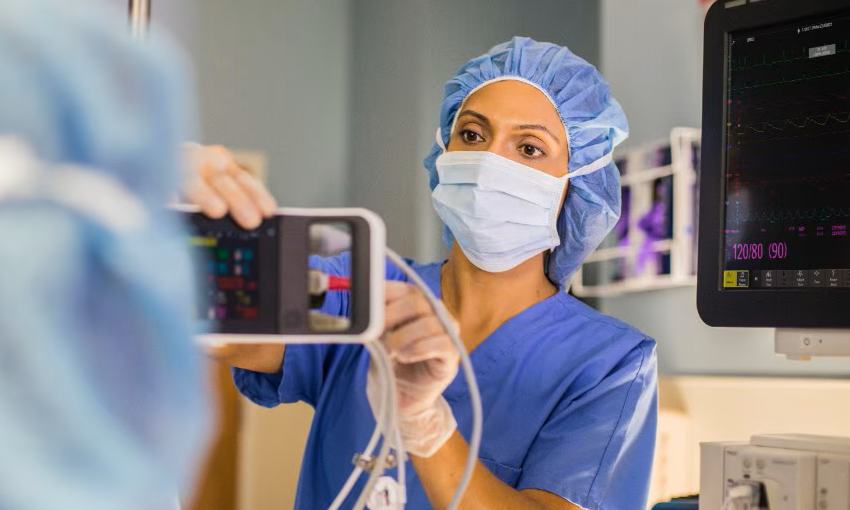
Philips and Masimo Partner to Advance Patient Monitoring Measurement Technologies
Royal Philips (Amsterdam, Netherlands) and Masimo (Irvine, California, USA) have renewed their multi-year strategic collaboration, combining Philips’ expertise in patient monitoring with Masimo’s noninvasive... Read more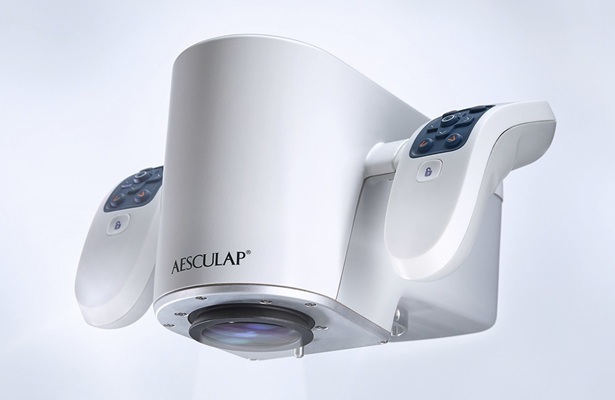
B. Braun Acquires Digital Microsurgery Company True Digital Surgery
The high-end microsurgery market in neurosurgery, spine, and ENT is undergoing a significant transformation. Traditional analog microscopes are giving way to digital exoscopes, which provide improved visualization,... Read more
CMEF 2025 to Promote Holistic and High-Quality Development of Medical and Health Industry
The 92nd China International Medical Equipment Fair (CMEF 2025) Autumn Exhibition is scheduled to be held from September 26 to 29 at the China Import and Export Fair Complex (Canton Fair Complex) in Guangzhou.... Read more












